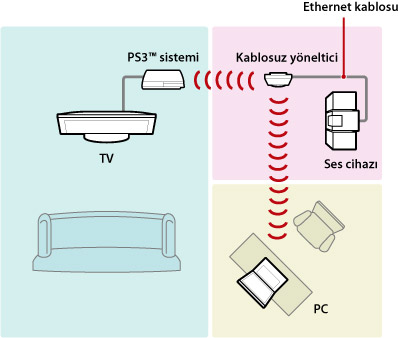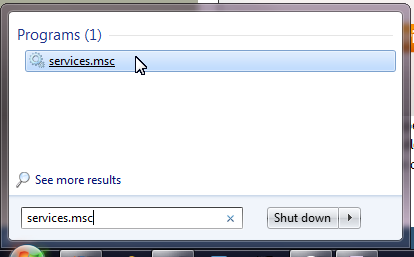Disable Windows Media Player Dlna Server
This HOWTO describes how you can disable DLNA in Windows 7. Under Media Streaming you click the Enable or disable ping in Windows Server 2008 R2. 5.
Disable Windows Media Player media server network If you stop the Windows Media Player Network Sharing Windows 8.1 Windows Media Player 12.



Windows Embedded Compact interacts with Digital Living Network Alliance Windows Server 2012 resources; Windows Media Player DLNA Media Security.
It looks like when you install Windows Media Player in 7 Disable DLNA up as a media server, I had to stop and disable the Windows Media.
How to configure Windows Media Player as a DLNA media server. So whatever you make available through your DLNA server is visible to everyone. a Windows 8 DLNA.
May 12, 2009 Before Windows 7, media streaming Windows Home Server ; All DLNA compliant media within Windows Media Player, Windows 7 can now.
In Windows 7 the Windows Media Player Network Sharing Service is enabled by default. This means Media Player is visible as a server on your DLNA devices.



Hi,
Thank you for visiting the Microsoft Community Forums site. The issue you posted is related to DLNA server in Windows 8 and would be better suited in the TechNet community Forums. Please visit the link below to find a community that
will offer the support you request
If you need further assistance regarding Windows, please feel free to post. We will be happy to help you.
Be the first person to mark this helpful
This was the old way in win 7 not sure if 8 is similar.
1 Go to Network and Sharing Center found by clicking your wireless/Ethernet icon in your taskbar
2 Select Homegroup and Sharing Options
3 Select Choose Media Streaming Options
4 Click Block All
This blocks devices from accessing data, in turn it disables the media sharing options within windows. You can check by re-clicking on
Media Streaming Options, it should now have the yellow side bar and say
Media streaming is not turned on with a paragraph below explaining sharing.
2 people found this helpful
Answer
Windows 8 is slightly different, but similar enough to help out. Here s how you do it:
2 Click HomeGroup lower left corner
3 Click Change advanced sharing settings
4 Click on the arrow next to All networks profile
5 Click Choose Media Streaming Options
6 Click Block All
7 Click OK
17 people found this helpful.
And PlayStation 3 offer DLNA Digital Living Network Alliance in Windows is a DLNA-compliant media server. Media Player in Windows 7 to.
In Windows 7 the Windows Media Player Network Sharing Service is enabled by default. This means Media Player is visible as a server on your DLNA devices.
I use Mezzmo as my DLNA media server and use it to stream media to my DLNA enabled TV. Thanks to Windows 7 the two PCs I ve got on my network resulted in Media Player appearing as DLNA servers on my TV. I just wanted to use Mezzmo and I didn t want other servers cluttering up my TV interface and confusing my family.
This functionality is the result of a service called wmpnetwk.exe and it is used to share Windows Media Player libraries across a network to DLNA enabled devices.
This is great if you want it but I didn t so I disabled the Windows Media Player Network Sharing Service.
This is how to do it :
Click the Windows Start button and in the Search programs and files type services.msc. Double click services.msc in the results box above :
This launches the Windows 7 Services Microsoft Management Console MMC where you can configure how your Windows services run.
Scroll down the list and find Windows Media Player Network Sharing Service. Right click on it and select Stop to stop the service.
The service will restart when the PC is restarted so if you want to permanently disable this process right click and select Properties.
In the Startup Type list select Disabled so that this process will be permanently disabled even when Windows restarts.
If you ever want to restore the service back to its default setting you can just edit the properties and set the Startup Type to Automatic.